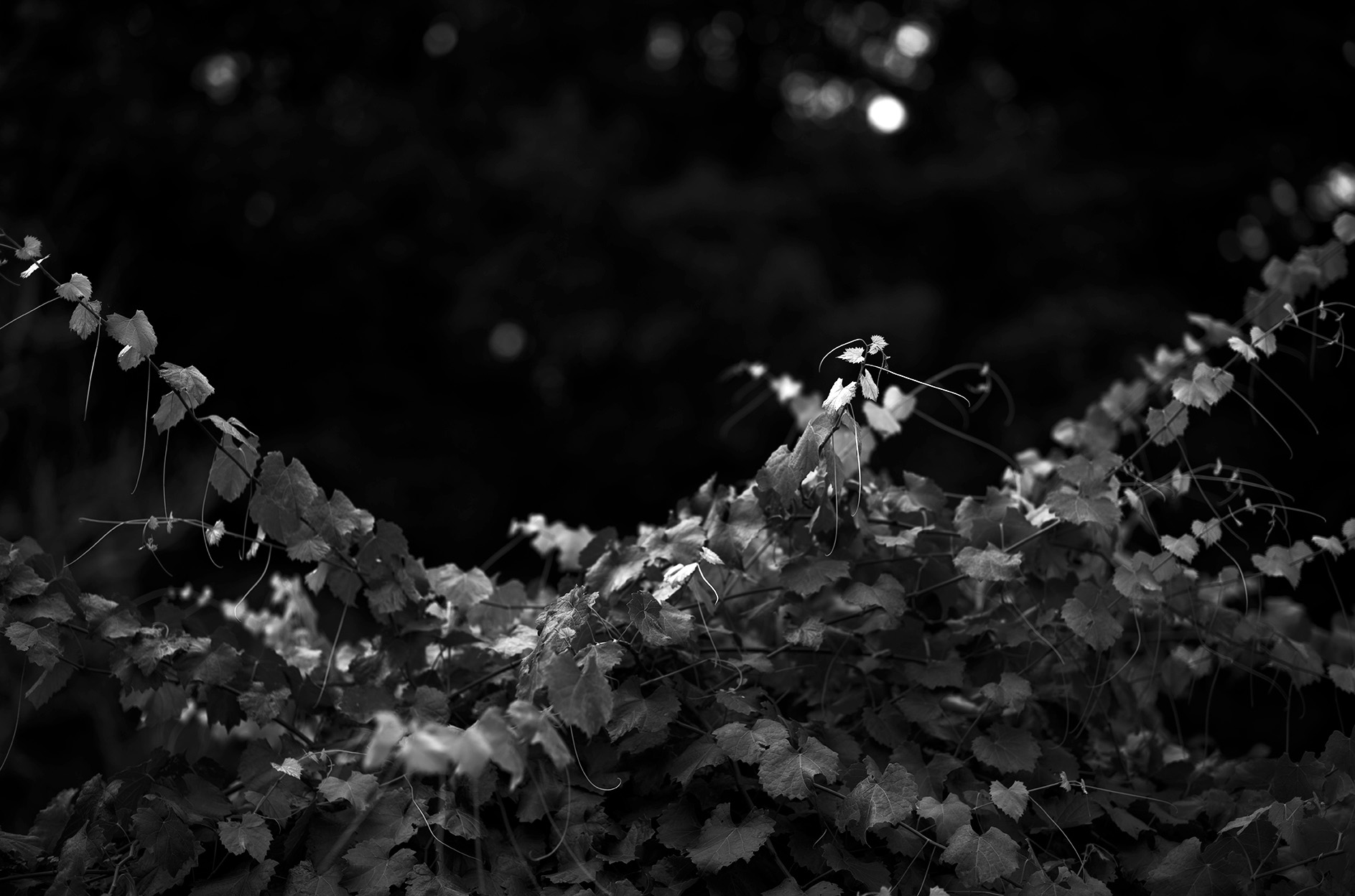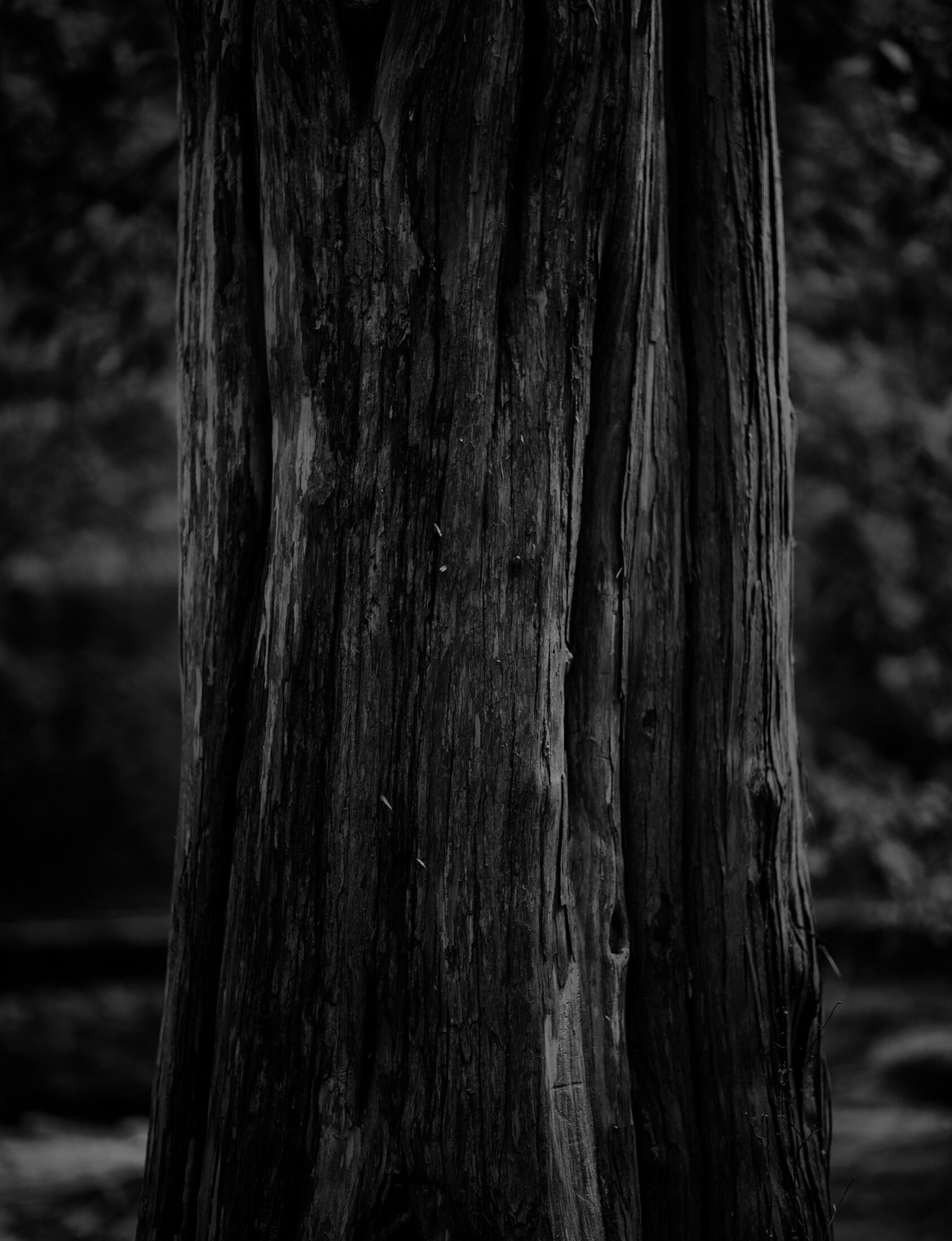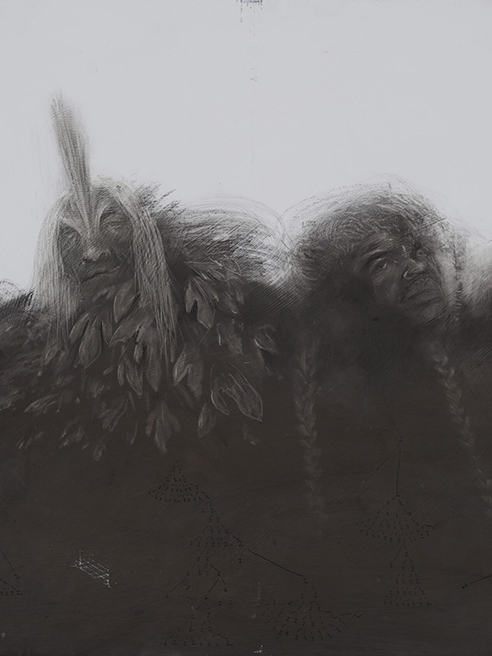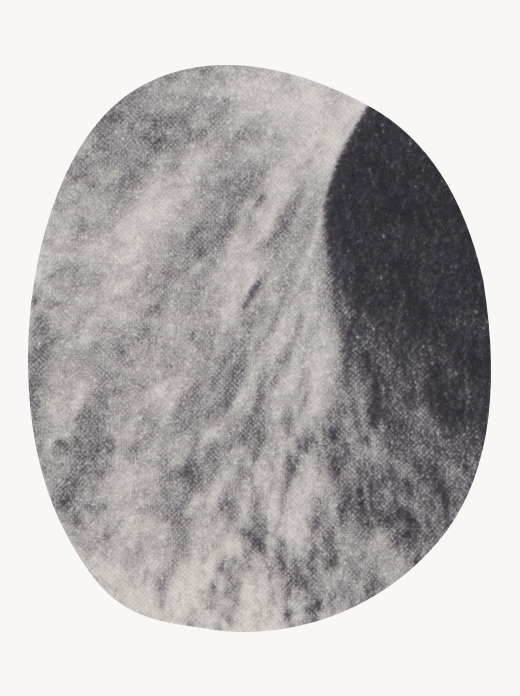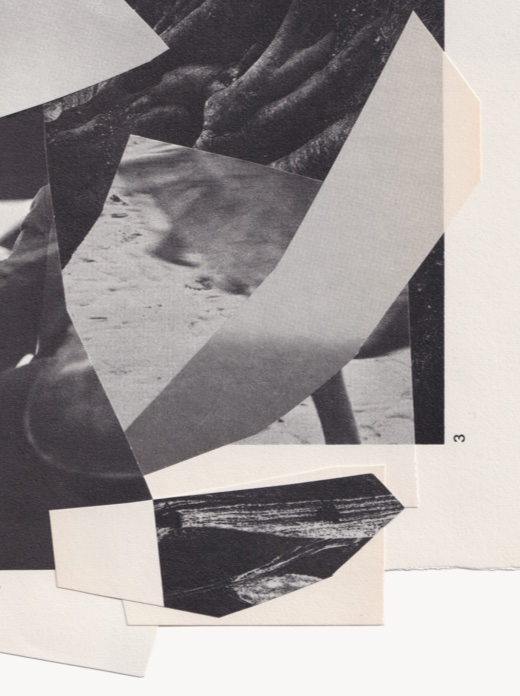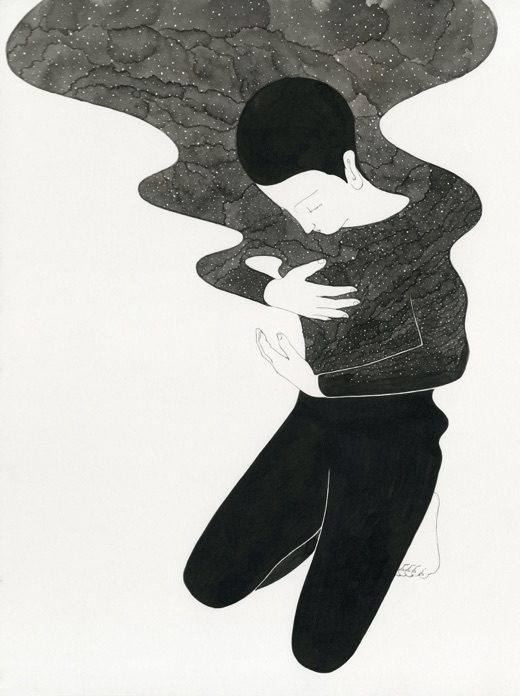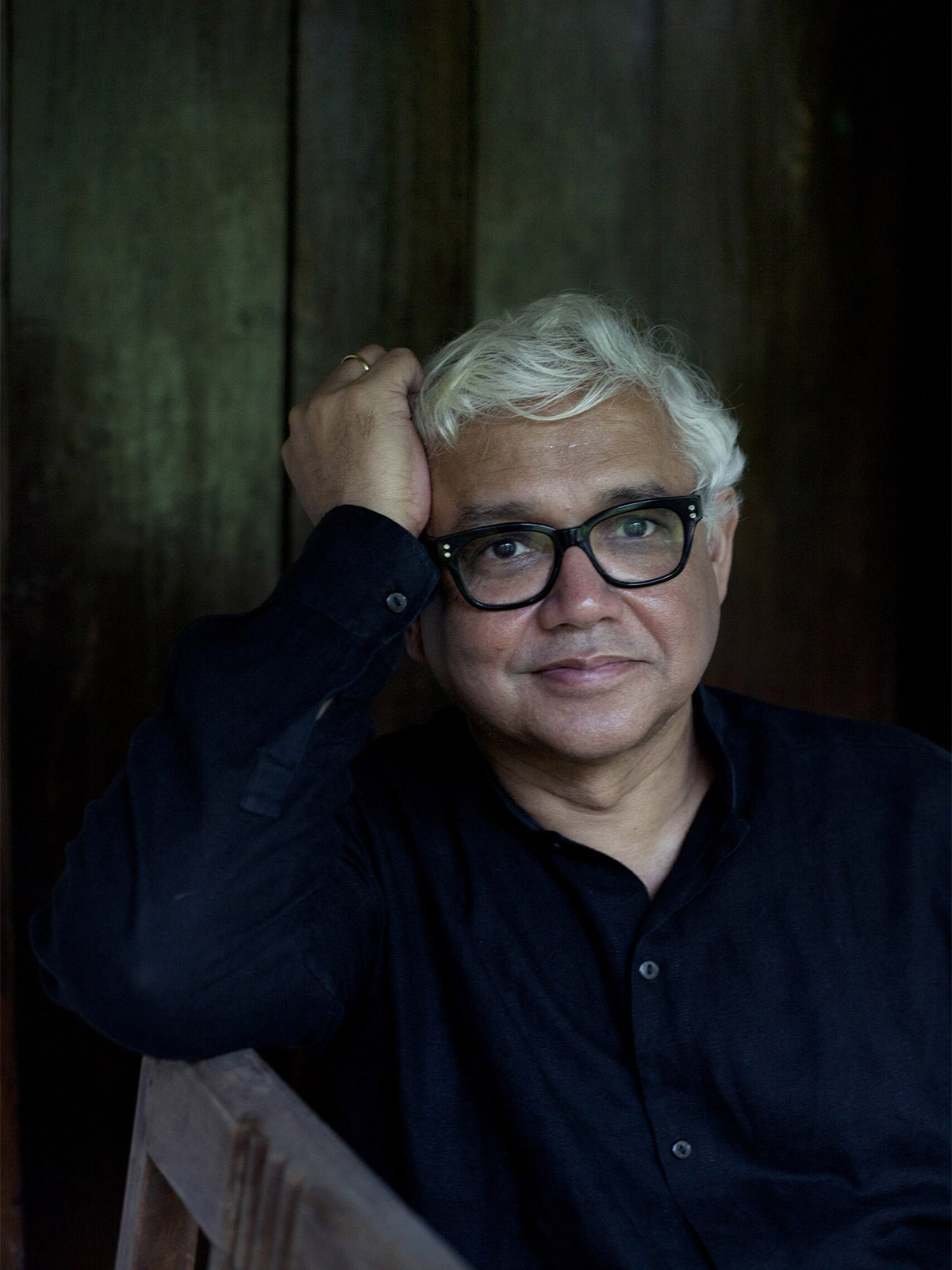
J. Drew Lanham is an ornithologist, naturalist, and poet. His writing and poetry combine conservation science with personal, historical, and cultural narratives of nature. He is the author of The Home Place: Memoirs of a Colored Man’s Love Affair with Nature, which received the Reed Award from the Southern Environmental Law Center and the Southern Book Prize, and was a finalist for the John Burroughs Medal. His essays and poetry can be found in Orion, Audubon, Flycatcher, and Wilderness, and in the anthologies The Colors of Nature, State of the Heart, Bartram’s Living Legacy, and Carolina Writers at Home. He is an Alumni Distinguished Professor of Wildlife Ecology and Master Teacher at Clemson University, and a MacArthur Fellow.
Sheila Pree Bright is an acclaimed fine-art photographer known for her series Young Americans, Plastic Bodies, and Suburbia. Her documentation of responses to police shootings in cities across the US inspired her book #1960Now: Photographs of Civil Rights Activists and Black Lives Matter Protests.
During the pandemic lockdown, J. Drew Lanham’s backyard, a newly sanctioned “wild-like refuge,” comes to life as he notices the wildlife that inhabits the nearby faraway.
Wildness often visits me on a whim, on the edges of a pre-dawn dream or in the breeze of some imagining of being somewhere other than my state of mind or place. Since childhood, I’ve wondered what wildness waited around the next bend on the narrow woodland path. What skittish fish swam beneath the dark creek’s flow, grinning at my hook, refusing to be fooled, saying no to the baited ruse? What rare wild bird skulked unseen before flushing from the tangled thicket, making my heart rush? From farm boy wandering dirt roads, looking up and wishing for the freedom of hawk’s wings, to ornithologist doing the dirty work to save the lives of many feathered things, the threads of my life—my heart and mind—have converged on ideas of wildness born of my own conjuring.
Most would define wildness as places unreachable without extraordinary effort; places far off the beaten path—places removed from our conveniences and our contrivances. Names like “Denali” or “River of No Return” or “Bitterroot” or “Katahdin” evoke the perception, reinforced by legal definition, that the extreme state of wildness known as “wilderness” is determined by a lack of access—roadlessness—and the absence of any apparent signs of human impact. But then if we loosen the bounds a bit, let the leash on “wild” drop, perhaps we’ll find it’s closer by. What would happen if we became aware of how wildness thrives on occasion under our noses in vacant urban lots, discernible by the unbinoculared, high-def glimpse of a bare-naked, squinted eye? If we listen on moonlit autumn nights with open minds and hopeful hearts, we can behold it flying over us where we are: journeying birds blessing us with the distant unimaginable in moments of nearby.
My current refuge isn’t designated as wilderness or wild or special by anyone but me. It is not tucked away in some far-flung corner of the world where access is granted only to those wearing high-end technical gear or with enough disposable time to wander without any cause other than “wanting to.” No, it is a journey of steps measured in feet and minutes, determined by the willingness of the local weather on the other side of the screen door to cooperate. There’s no special name requiring acknowledgment other than the address to which it’s attached. “Backyard” is the common nomenclature. Lots of people have them. But then again, lots of people don’t. Like my wilderness jaunts, I see my green space as privilege. A privilege of ready, free access whenever the feeling hits. These days any bit of at-will coming-and-going, without masking or concern for who I might encounter there, is privilege. Maybe there should be some sort of sign at the entry “gate,” between screened porch and worn fake-grass mat. It could say:
J Drew Lanham Wild-Like Refuge
Established March 16, 2020
Okay, perhaps a little pretentious, but then what’s sheltered me mentally more than anything during this plague has been this piece of worn-down piedmont ground. The day the refuge gained “official” standing—beyond the idea of it swirling in my head—was the beginning of the COVID quarantine. It was a day of a different kind of solitude. “Sequester” entered my lexicon as more than a concept applied to trial jurors, and “remote” became wild in not so desirable ways. The days of the backyard being an afterthought behind some curb-appealing facade were long past, as I’ve never been one for “keeping up with the Joneses” or whomever the neighbors might be. The backfence-to-backdoor trapezoid, surrounded by chain link, quickly became the go-to place. The trip to my “outback” is relatively stress free. I haven’t had to navigate highways or airport concourses. I’ve not had to consult smooth-voiced digital pathfinders. I know the trails by heart. The well-worn ways over worn carpet and through dim-lit halls. The obstacles aren’t crevasses or canyons. They’re the multiple blind corners of a 1970s split-level, with its cozy but small rooms, mail-order boxes heaped up to mesas and buttes, and an always-indoor house cat whose suddenly wild decisions to zoom inter-leg present difficulties for my gigantic, flip-flop-clad feet. When portaging across den via kitchen cut-through, highly processed provisions for laying on fat were readily available. My laptop was always optional, as the mobile phone provided at-hand portability for signing in to responsibility (or at least giving the appearance of it). The irony of it all was (is) that remote no longer meant “out of touch,” but it did (does) mean “don’t touch.” Luckily there are no grizzly bears or bison or geysers within reach or walking distance to confuse the issue. I touch flowers and frogs. That has been enough.
My wild-like refuge required no funds or congressional debate for establishment, other than the re-financed mortgage (now paid off) and the uncountable sums (maybe thousands) dumped into pots of allegedly native perennials that should have re-established themselves without fail each year (they mostly haven’t) and the annuals that were supposed to fade after their single-season bloomgasms but have proceeded to become repeats. The coneflowers and both dark-eyed Susans (black and brown) hang on, but every other guaranteed easy-to-grow thing perishes in my too-intense care. The lantana will not give up the ghost and after almost twenty years comes back bigger and bloomier every year to the delight of tons of butterflies (including monarchs) who will not discriminate against its non-native-ness. The ferns grow lush and invade at will. The dooryard violets, if so inclined to violence, do so quietly and beautifully in every single space. I keep the grass mostly mown but encourage the clover and other non-grassy things to take hold. As for plowing, the moles do the job. I invest time each year in pulling a bit of privet here and there. The cedar waxwings laugh at the futility of it and shit in the new, rich troughs of soil I expose. This wild-like refuge has few rules. I don’t use insecticides. I don’t plink squirrels, though they tempt my patience with their need to pilfer what I intend for birds and to gnaw and shred random things. Snakes, if non-venomous are left to slither and hide in the gap-filled toolshed, under leaf litter, beneath the mulch, or in the woodpile. If fanged and potentially dangerous to family or Labradors, Chase and Luke, they are captured and relocated far away.
I’ve constructed planting beds and a pond. I have fake waterfalls that look almost natural and wild, except there’s no stream to feed the tumbling water. The pumps keep it miraculously revolving in little cataracts. There are fish in the pond. Goldfish and wild mosquitofish, which hardly ever show themselves. There are frogs lurking. Bronze and bull and gray tree. Toads abound too. ’Merican ones that don’t boast of silly flags or standing for them at all costs. The wildness here is mostly mindset. There is little I can control for very long without constant effort. Entropy loves a garden, and in mine, entropy wins more often than not. Disorder makes love to tangles. The chipmunks have warrens underneath the roots of a dying Leland cypress. They ferry black oil sunflower from their subterranean hideouts to the woodpile like little drug runners. All of this makes my wild-like refuge not so much noteworthy as noticed by me, because I sit sometimes and take in what comes. The pandemic gave little choice other than the binary one to sit, stay alone (or podded), and live or get up, mix with humanity, get sick, and possibly die. I chose life. This suburban yard became a lifeline; a safe and (mostly) sane pandemic outpost.
My daily expeditions to this re-purposed place, just a few steps away from every convenience that makes life easier, have broken the concept of “wild” down into something adherents to “true” wilderness would deny is useful—and perhaps might believe somehow harmful. Some might say my wordplay devalues what so many fought and still fight for across expansive plains, at the tops of tall mountains, or deep in ivory-billed-woodpecker-less swamps. Some might say my ideas of the nearby-faraway are a sort of sacrilege that will chip away at an idea too fragile to withstand intrusion. They might even call me an eco-heretic for not railing against the “non-native” plants I tolerate; for not preaching, “American” plants only. I would counter their assertions. I am a wildling, born of woods and wetlands which no one would question the wild nature of. I crave the faraway, the remote, the places where I might be easy pickings for toothy clawed things. I’ve been one of those fighting to ensure wild is recognized as hierophany, as a sort of sacred ideal to strive for.
Wildness recenters me. It humbles. It inspires. The familiar chickadees, cardinals, titmice, wrens, robins, woodpeckers, finches, and others who have come like clockwork to the feeders offer a sort of certainty in the most uncertain time I’ve known. It is enticing to have them so close, but they are wild; I have no control over them. And on the shoulders of the equinoxes, the migratory warblers, thrushes, and grosbeaks ply the air over my head and sometimes somehow find my tiny backyard worthy of a stop, reminding me that there is a wilder world still alive beyond mine here.
Being restricted to this small space over the past year and a half or so has invited new and expanded thinking. The scarlet tanager in its Peruvian place will keep company with harpy eagles. The chestnut-sided warbler snatching worms from my willow has seen jaguars in its Colombian winter home. I know the golden plovers in plowed fields close to my South Carolina home have seen polar bears and maybe fled from gyrfalcons. The loon on a nearby lake has cried tremolo at the howl of the timber wolf. I dare not compromise such things. I want no control of wild howls or harpies; I only want more of them. I want nothing more than to stave off billion-bird declines by making certain that wild remains a priority where it must. But to do this, I believe, wild must extend from those soaring mountain tops all the way to small, fenced-in yards; from our idealized imagining of it all the way to that which we cultivate and create with our own hands.
To know over the last year in this masked and distanced world that wildlife abounded so close by—without covering up—so near without cause for alarm, was my saving grace. Yes, wild must extend all the way from efforts toward justice to exclamations of joy. In a trying time, this is a wildness I’m happiest to claim.
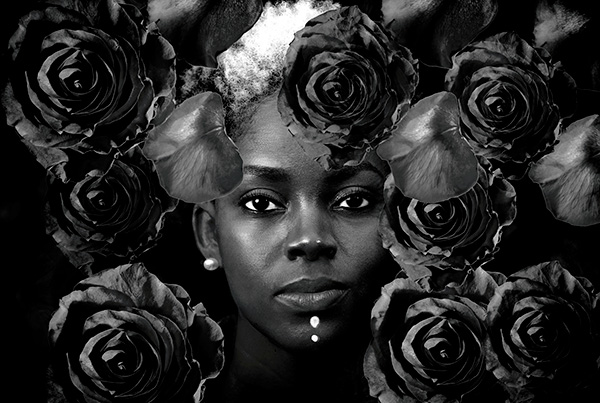
Joy Is the Justice We Give Ourselves
In this poem, J. Drew Lanham celebrates radical acts of joy by lifting up liberation, reparations, justice, and deep connection to ancestors and the living world.
